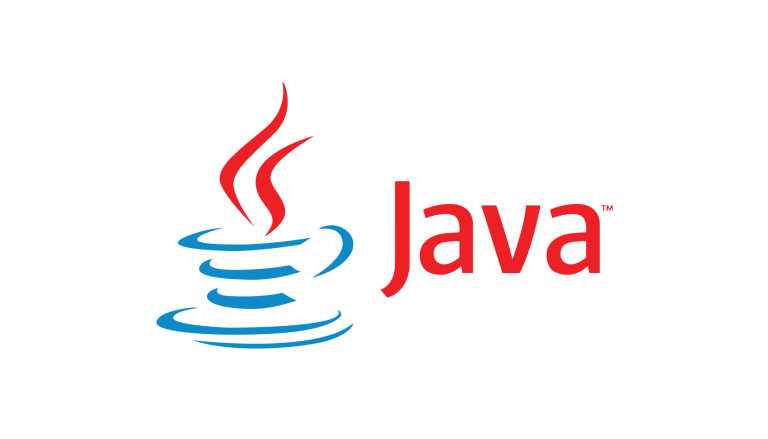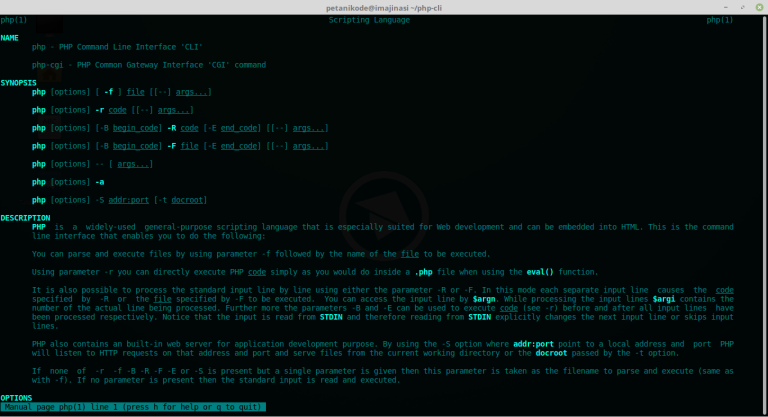Performing CRUD operations (Create, Read, Update, Delete) in a Microsoft SQL Server database using Python is a crucial skill for developing data-driven applications. In this guide, we’ll walk through each CRUD operation step by step, using the pyodbc library for database interactions.
1. Setting Up MS SQL Server Database:
- Begin by setting up a Microsoft SQL Server database and creating a table for our CRUD operations. For this example, let’s create a simple
employeestable.
CREATE TABLE employees (
id INT IDENTITY(1,1) PRIMARY KEY,
name NVARCHAR(255),
position NVARCHAR(255)
);2. Installing the SQL Server Connector:
- Install the
pyodbclibrary using pip.
pip install pyodbc
3. Configuring ODBC Data Source:
- Before connecting to the SQL Server database, configure an ODBC (Open Database Connectivity) data source. This involves setting up a System DSN (Data Source Name) that points to your SQL Server instance. Follow the steps provided by Microsoft for your operating system.
4. Connecting to the SQL Server Database:
- Create a Python script to connect to your SQL Server database.
import pyodbc
# Replace 'your_dsn', 'your_username', and 'your_password' with your actual database credentials
conn = pyodbc.connect(
'DSN=your_dsn;UID=your_username;PWD=your_password'
)
cursor = conn.cursor()5. Create Operation:
- Write a function to add a new employee to the
employeestable.
def create_employee(name, position):
query = "INSERT INTO employees (name, position) VALUES (?, ?)"
values = (name, position)
cursor.execute(query, values)
conn.commit()6. Read Operation:
- Retrieve employees from the
employeestable.
def read_employees():
query = "SELECT * FROM employees"
cursor.execute(query)
result = cursor.fetchall()
for employee in result:
print(employee)7. Update Operation:
- Update the position of a specific employee.
def update_employee_position(employee_id, new_position):
query = "UPDATE employees SET position = ? WHERE id = ?"
values = (new_position, employee_id)
cursor.execute(query, values)
conn.commit()8. Delete Operation:
- Delete an employee from the
employeestable.
def delete_employee(employee_id):
query = "DELETE FROM employees WHERE id = ?"
values = (employee_id,)
cursor.execute(query, values)
conn.commit()9. Using the CRUD Operations:
- Utilize these functions to perform CRUD operations.
# Create a new employee
create_employee('John Doe', 'Software Engineer')
# Read all employees
read_employees()
# Update the position of employee with ID 1
update_employee_position(1, 'Senior Software Engineer')
# Read all employees after the update
read_employees()
# Delete employee with ID 2
delete_employee(2)
# Read all employees after the deletion
read_employees()10. Closing the Database Connection:
– After performing CRUD operations, it’s crucial to close the database connection.
```python cursor.close() conn.close() ```
Conclusion:
- This guide provides a comprehensive foundation for implementing CRUD operations in a Microsoft SQL Server database using Python. Adjust the functions as needed for your specific use case. Additionally, consider using an ORM (Object-Relational Mapping) library like SQLAlchemy for more complex applications.


















